Find the pages, products, documents, and resources with a full site search.
Advanced Document SearchClean and Restore Valuable Structures and Artifacts
Sponge-Jet’s various and unique features combine to offer the preservation industry an invaluable tool. More than ten-times as fast as manual cleaning – more gentle than water or abrasive blasting. Used on:
- Churches, stadiums and historic buildings
- Statues, monuments and sculptures
- Limestone, sandstone, marble, granite, brick, terracotta and tile
- Bronze, brass, copper, gold, wrought iron and delicate castings
- Wood beams
- Selective stripping and removal of smoke, soot, and graffiti
Sponge Media™ cleaning and restoration products provide professionals with surgical-like control for a wide range of cleaning and restoration work. The media’s engineered capabilities range from gentle cleaning to micro-abrasion, with Sponge-Jet Feed Unit™s propelling the media at pressures so low, one can clean paper.
Features & Benefits
- Simplify job staging
- Protect integrity and reliability of assets
- Less disruption to the community
- Reliability of schedule and budget
- Lower project costs
- Green and sustainable, at lower cost

Preserve Capitol Buildings
Sponge-Jet preservation systems have been used on many municipal, state and federal buildings for restoration and rehabilitation. Removal of lead paint, multi-layer paint, contamination on metal and masonry surfaces have been accomplished using Sponge Media™ for many years. Sponge-Jet systems have also been used for buildings on the National Register of Historic Places.

Lead Paint Removal from window casings
Utilized for many years to remove lead paint, Sponge Media™ is the logical method to prevent damage to windows and adjacent surfaces. Sponge Media effectively removes multi-layer paint (also lead-based) from window casings and frames while minimizing hazardous emissions and waste.
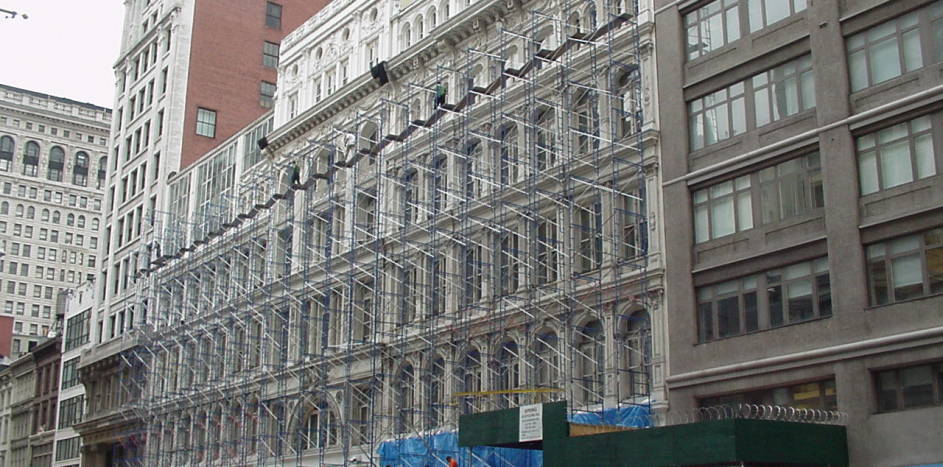
Restore Building Facades
Building exterior cleaning and rehabilitation is accomplished with Sponge Media™ blasting without disrupting public or automobile traffic on this busy New York Street. All cleaning and paint removal is accomplished without damage to windows and window frames. Because the system does not require water, temperatures and drying times are not an issue - greatly reducing potential delays.
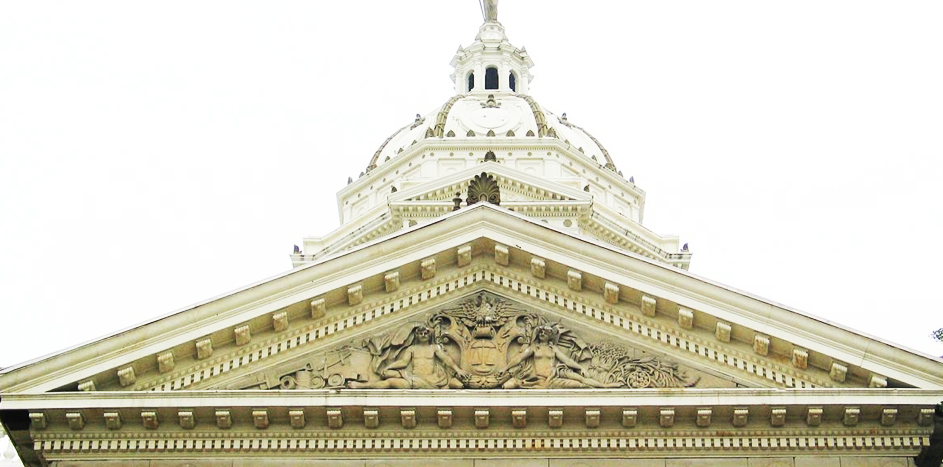
Cornice Restoration – Lead Paint Removal
Lead paint removal from exterior cast iron cornices, historic items and surfaces on the Marion County Courthouse, WV (USA). The job was characterized as a successful lead remediation job without damage to adjacent historic details and surfaces without disrupting proceedings within the courthouse.
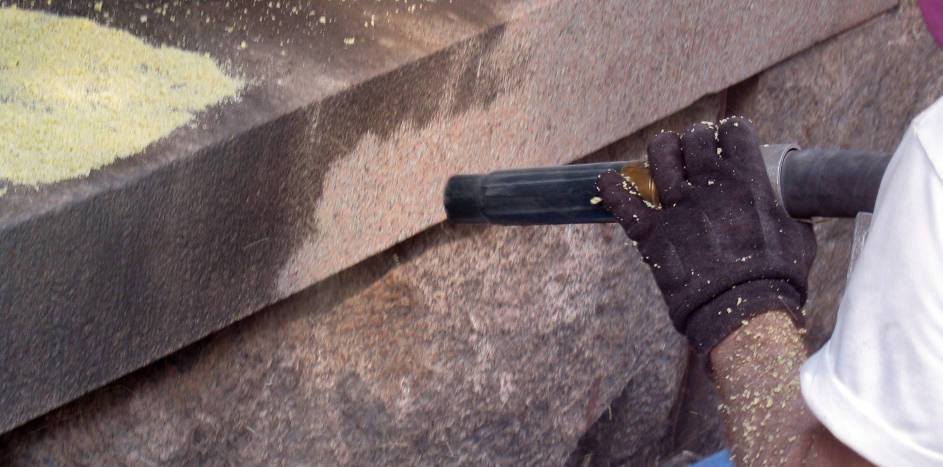
Removal of Environmental Staining
Removal of environmental staining from delicate stone surfaces at low, controllable pressures without damage to tooling marks in the stone, edges, mortar joints, windows and adjacent surfaces. Controlled surface contaminant removal allowed the operator to clean all of the contaminant leave a patina layer in place - where aesthetically needed
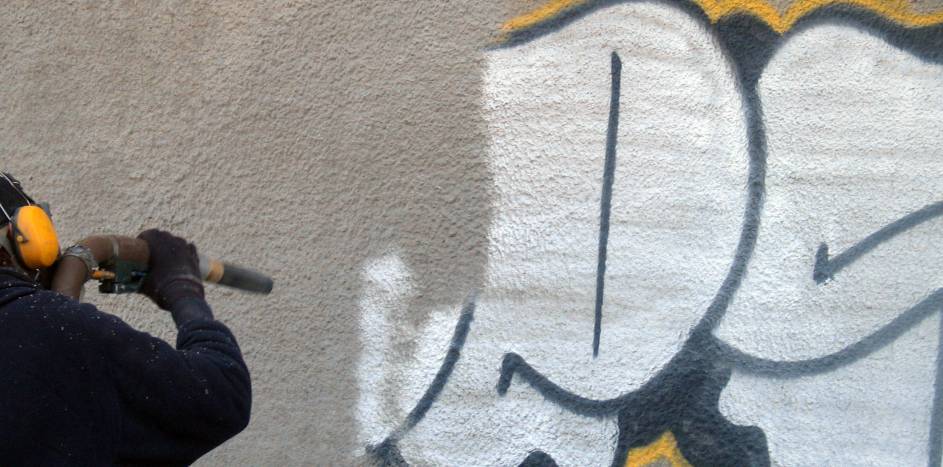
Graffiti Removal on Delicate Substrates
Safely remove graffiti from delicate substrates like sandstone and at low pressures and controlled micro-abrasion. Extensive testing led to selection of Sponge Blasting over 17 other methods. Sponge Blasting can be controlled to remove contaminants and graffiti without water or chemicals. Blending of the cleaned surface to the surrounding substrate is also easy to achieve.
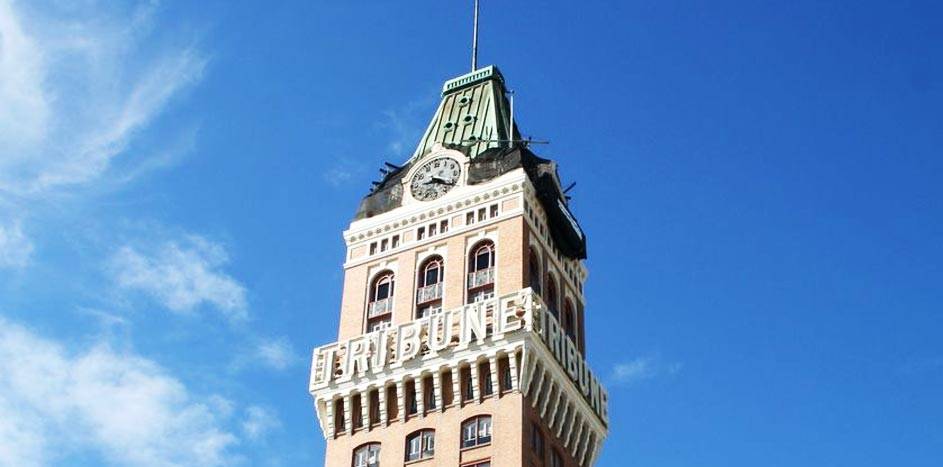
Remove Heavy Staining from Bronze
The copper roof, window hoods and moldings of the Oakland Tribune's 100m (305ft) Tower in California (USA) had heavy patina that needed controlled removal; Sponge-Jet was chosen by Remote Area Technology because specialists could effectively blast above the skyline with ease and simplicity of containment. A soft, micro-abrasive product called White SPOCC Sponge Media™ was used without damaging the bronze roof panels.
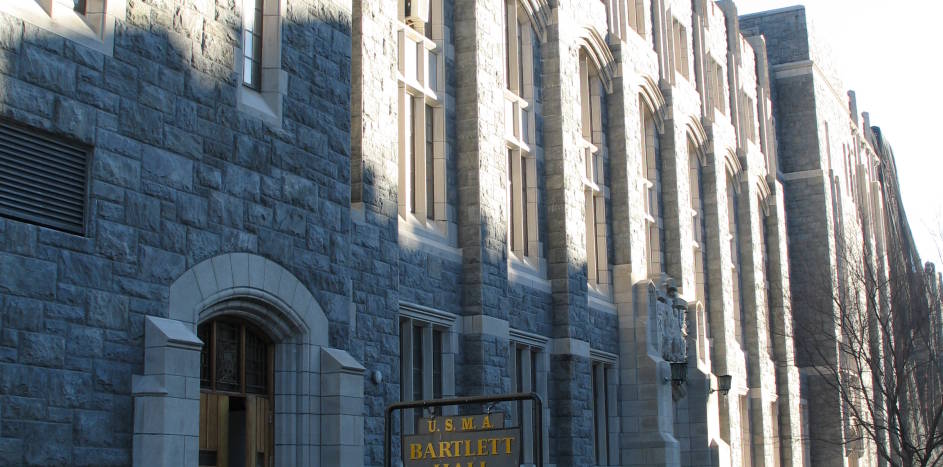
Efflorescence from Olean Granite
Olean Granite blocks, limestone trim, window hoods and decorative cornices of Bartlett Hall needed cleaning of mineral efflorescence; Sponge-Jet was selected and favorably used (1) because it could efficiently remove the mineral deposits with no appreciable damage to the substrate and (2) because the dust suppressing characteristics of the White SPOCC Sponge Media™ micro-abrasive meant that West Points classes in the building we able to continue.

Remove Coatings from Bronze and Copper
Multiple layers of lead paint and contaminants were removed from bronze and copper lanterns on the top of the New York Life Insurance Building in New York, (USA) using Sponge-Jet. Also prepared were roof tiles for the reapplication of gold-leaf. Projects like these are well suited for Sponge-Jet technology because of the high level of control both in preparing the substrate and in controlling potentially harmful fugitive emissions. Sponge-Jet and the skilled work of the Guilder's Studio kept this job on schedule.
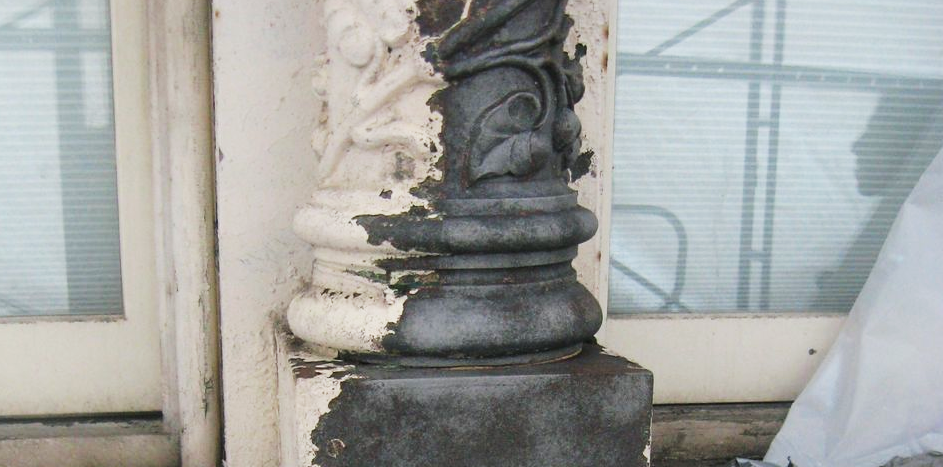
Remove Multiple Layers of Paint
Removing thick, multiple layers of lead paint from turn of the century cast iron balustrades in a controlled environment while preventing damage to other surfaces/substrate; work can be accomplished with minimal impact to nearby businesses or activities using Sponge-Jet.
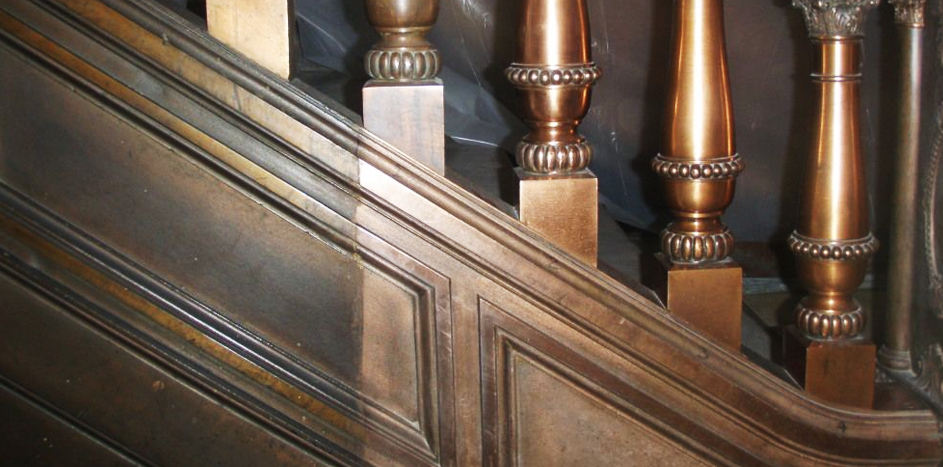
Clean Ornate Substrates
Clean ornate, interior substrates to remove tarnish and environmental contaminants without damaging adjacent surfaces or the general public. The ability to conduct pneumatic cleaning and fine detail work without damaging the surface are what makes Sponge-Jet restoration and cleaning products the perfect solution on soft metallic substrates.
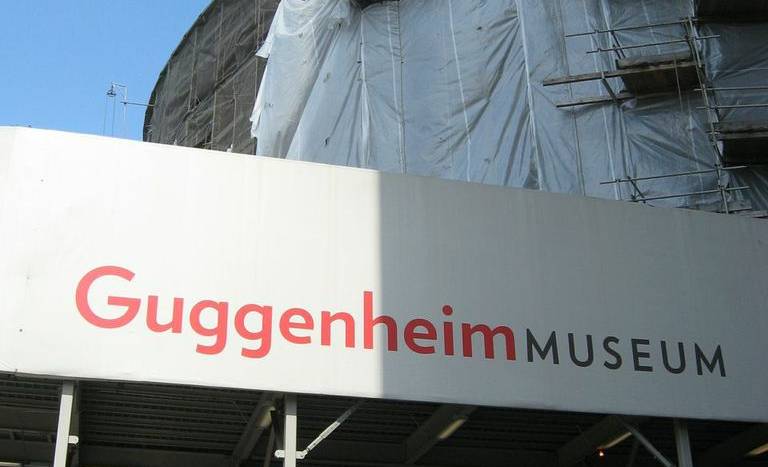
Remove Staining from Sensitive Substrates
At the recommendation of conservator, Sponge-Jet was adopted to micro-abrade the external concrete surface of the Guggenheim Museum after all other tested methods caused surface damage. During the project, surface cleaning time was increased with inspections of the substrate revealing no structural damage.

Recoating Mexico’s Historic Satellite Towers
In celebration of the 50th anniversary of these symbolic and historic towers, they were fully restored and recoated in their original colors. In order to maximize the life of the coating and minimize any degradation of the substrate, Sponge-Jet was selected as the best method to restore and prepare the concrete for coating.
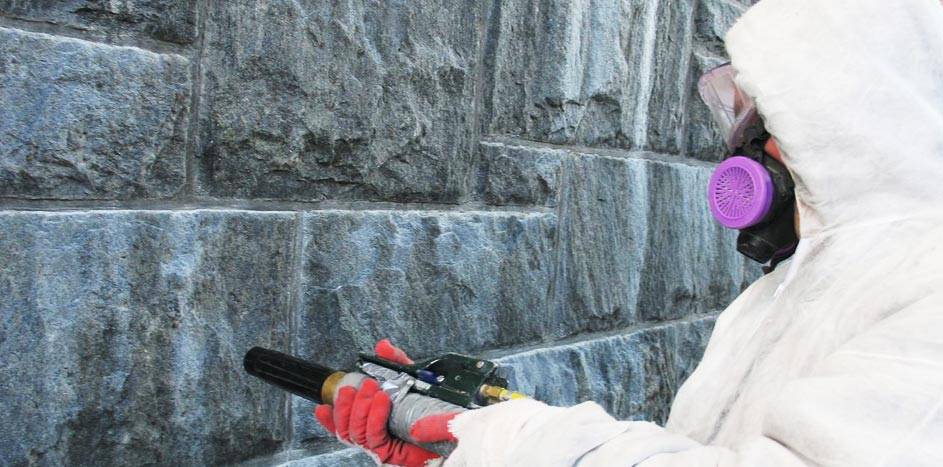
Stain Removal from Discolored Granite
The rehabilitation of granite to remove environmental staining, biological growth and buildup of calcium deposits are easily achieved using Sponge-Jet’s proven method of non-invasive, micro-abrasive cleaning. Restore surfaces to their natural appearance without damaging tools marks, mortar joints or the surface of the stone quickly without damaging adjacent surfaces.

Clean and Restore Masonry Surfaces
Clean and restore masonry surfaces without harsh chemicals or water. Sponge Media™ micro-abrasive products provide the ability to clean multiple contaminants from the substrate in one application. The architect/conservator will be able to see immediate cleaning results rather than waiting for harsh strippers or wet chemical removal systems to dry.
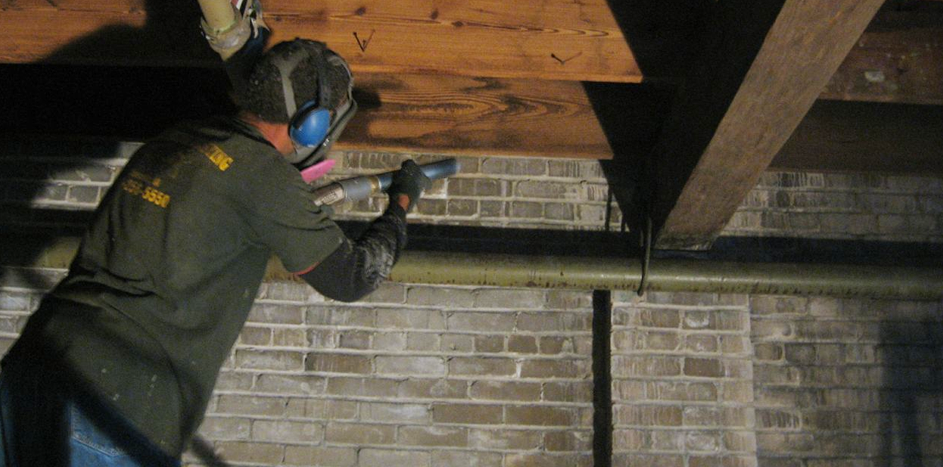
Rehabilitate Old Wood
Restore and rehabilitate wood beams, ceilings and floors in old buildings and warehouses using Sponge Media™ micro-abrasive products. Return painted, certain stained, even oiled substrates to “like-new” or (if specified) a distressed finish.
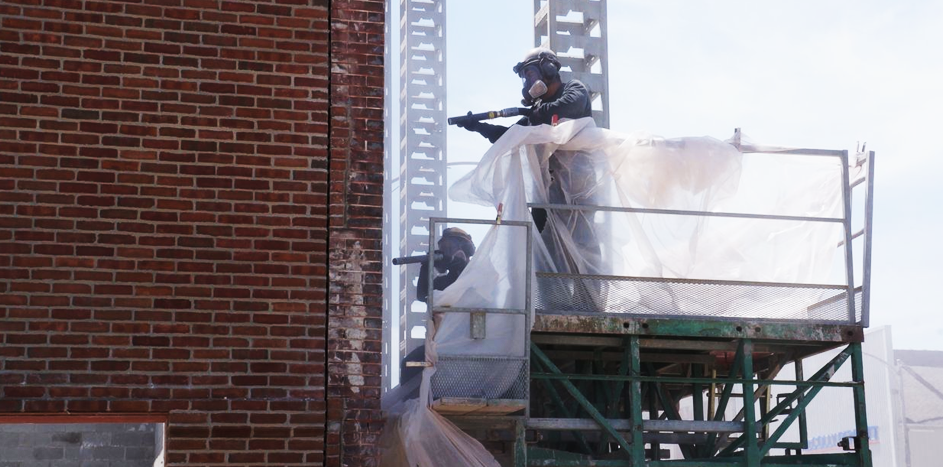
Remove Paint and Contaminants from Brick
Clean and restore brick buildings for urban renewal without damaging the brick faces or mortar joints. Work can be accomplished with minimal containment or disruption of public and vehicular traffic. Working side-by-side operators can finish projects in half the time.
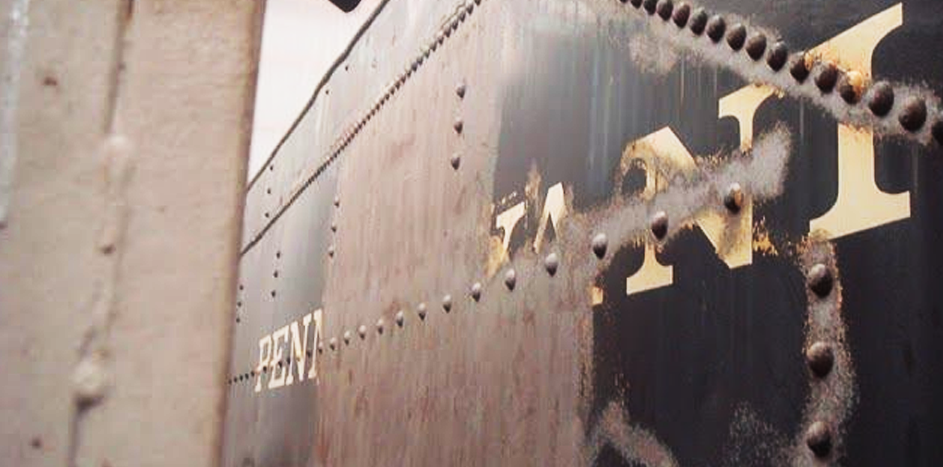
Restoring Historic Equipment
The Sponge Blasting process was used to restore this historically significant locomotive and coal car for the Pennsylvania Railroad Museum (US). The operators were able to blast around bearings and other rotating parts without contamination. Sponge Blasting was accomplished onsite, eliminating the expensive cost of transporting the train to another location.
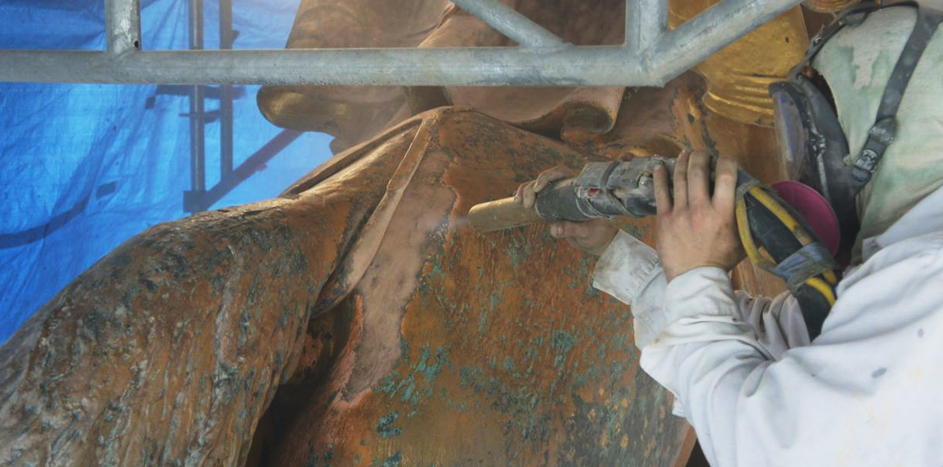
Rehabilitation of Statues and Monuments
Conservators and architects can specify Sponge Media™ blasting or micro-abrasion cleaning for the restoration and rehabilitation for in-situ work. Avoid using chemicals that may be sensitive to temperatures or create environmental issues. Minimal containment and ease of clean up make Sponge Blasting the conservator's best choice.
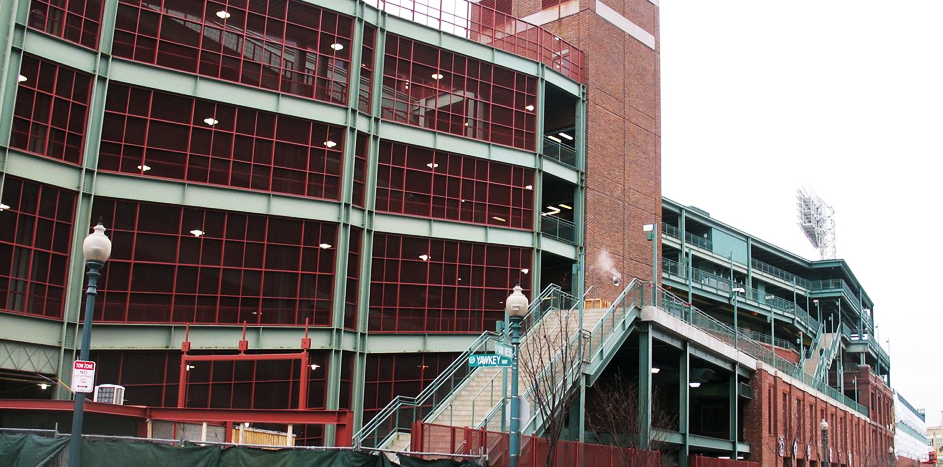
Stadiums and Arenas
Architects specify best-in-class technology for surface preparation at stadiums and arenas where minimal, or no disruption to the public or staff can be tolerated during repairs. Quickly remove coatings, graffiti, advertising signage and contaminants.
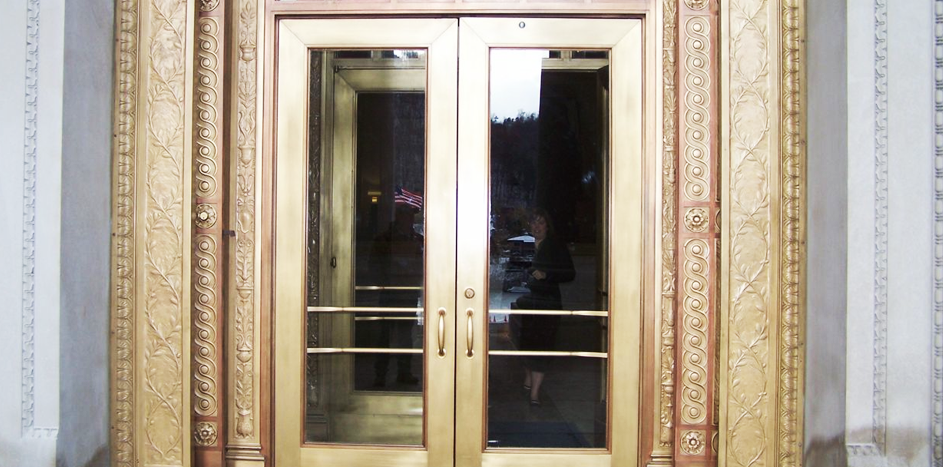
Restoring Brass Doors
Without damaging the metal surface or the adjacent stone, brass, bronze, and copper, doors can be restored to original appearance, or in some cases, the surfaces can be cleaned without removal of all of the patina.
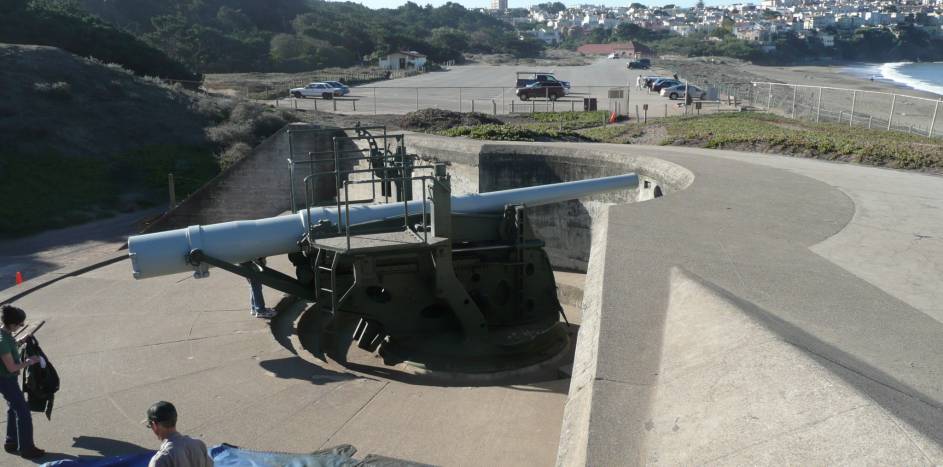
Restore Historic Artifacts
Restore historical artifacts using Sponge-Jet’s micro-abrasive technology without the damage or waste issues normally associated with the removal of contaminants like lead paint. The non-invasive ability to clean the surface with Sponge Media™ affords high-productivity and minimizes risk on the project.
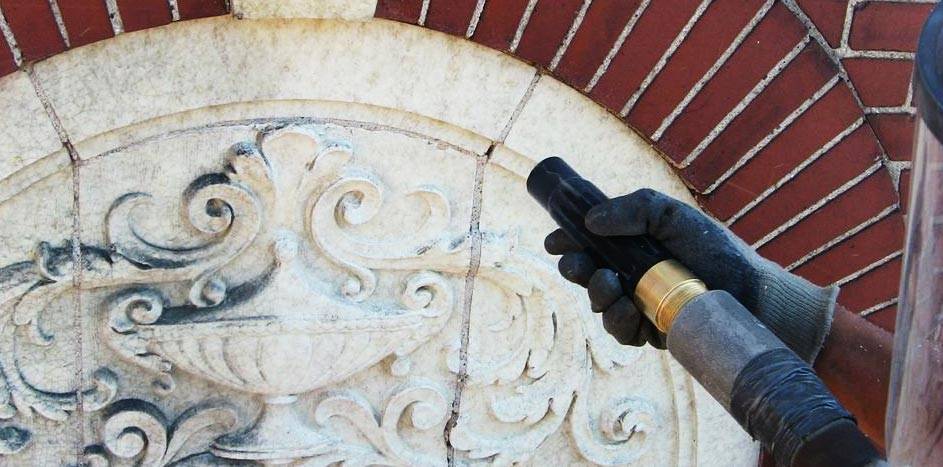
Clean Ornamental Features and Castings
Sponge-Jet provides the architect a system that allows the operator to clean a wide variety of substrates using a low pressure, low dust, micro-abrasive to selectively remove contaminants without damaging the surface or adjacent objects.
Sponge-Jetin resurssikeskus
Resources
Sponge-Jetin resurssikeskus
Resources

The Finer Side of Sponge Blasting in Belgium and the Netherlands
What makes industrial coatings removal and profiling or micro-abrasive cleaning so cool… so effect…
View Video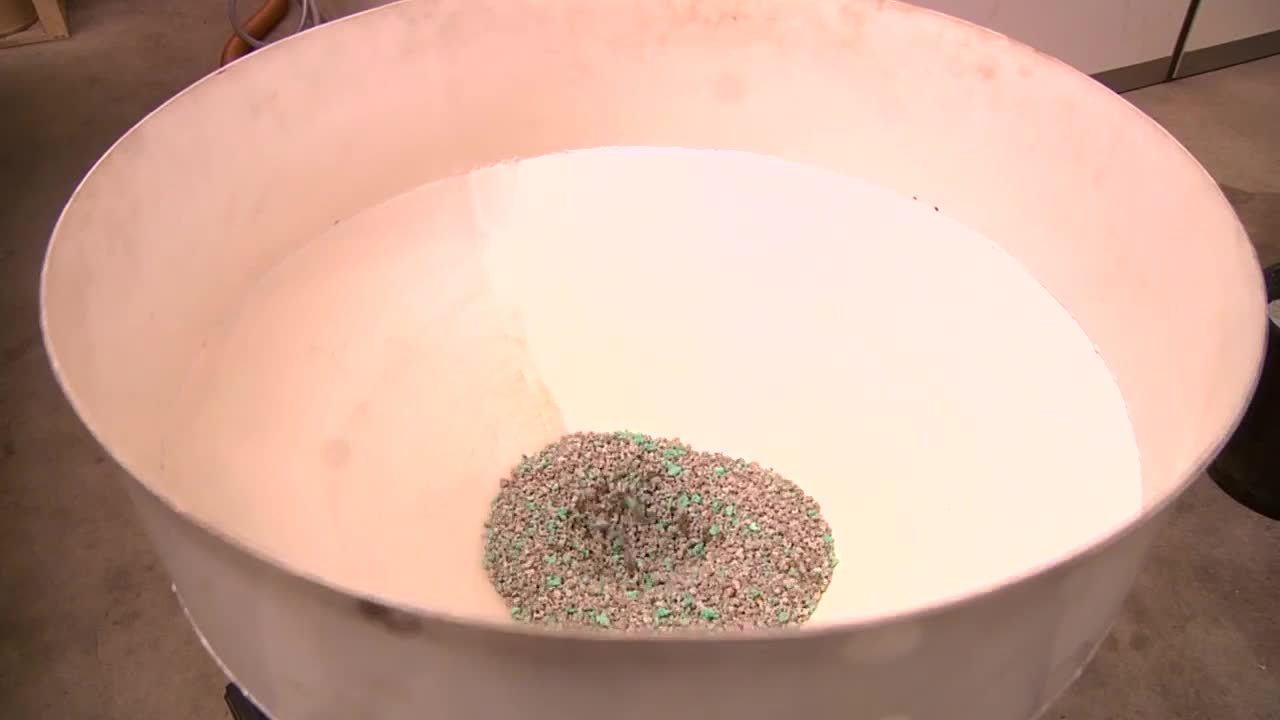

US Marine Corps Memorial Restoration
In the late 1940s private funds helped launch the development and construction of the United Stat…
View Video

Longfellow Bridge Restoration
The historic restoration of Boston’s Longfellow Bridge is now complete! The large scale granit…
View Video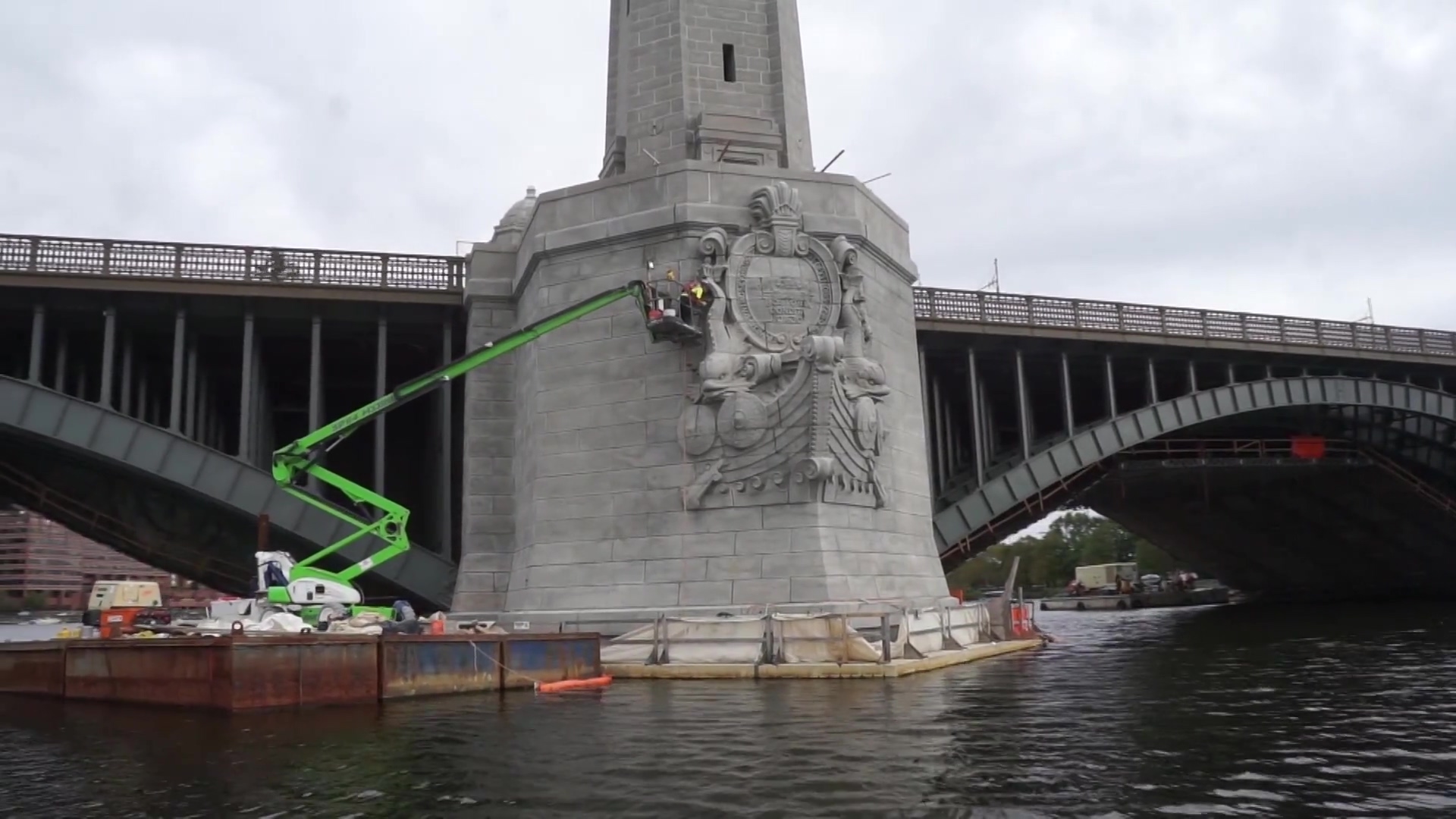

A Capitol Project: The Restoration of the US Capitol
The massive, ornate Capitol dome may look like it’s made of plaster, but it’s actually layered c…
View Video
Blogi
Recent Blog Posts
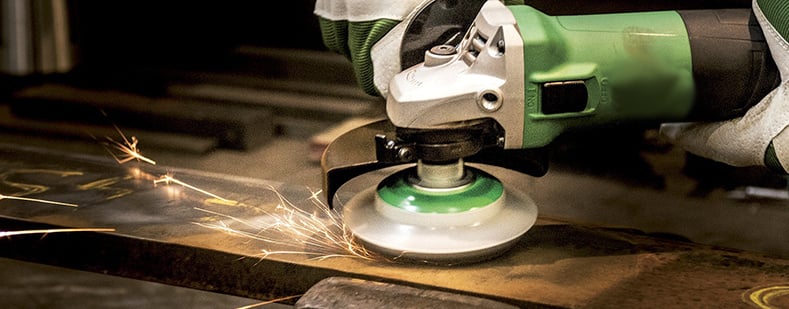
Power Tooling vs Abrasive Blasting for Surface Prep
Power tooling is a method of surface preparation commonly used in tight spaces where access is limited. Pneumatic, electric, and hand tools such as angle grinders, needle guns, wire wheels, wire brushes, scrapers, and sanding pads can be used to remove rust, paint, and other contaminants from a surface.
Lue lisää >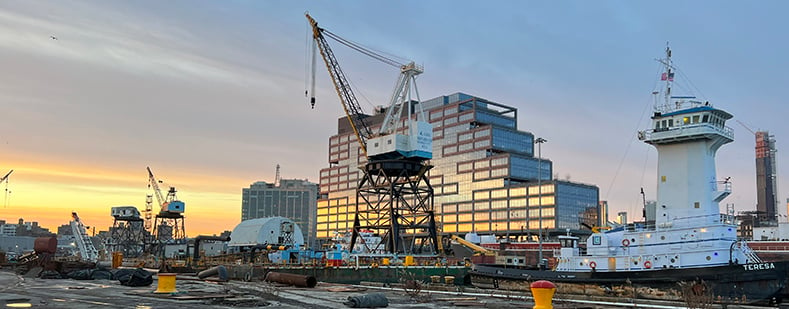
Sponge Media and the Marine Industry
Both Freshwater and Saltwater vessels see all sorts of contaminants and corrosion throughout their service life. Corrosion can threaten everything on ships, from power gen and water storage tanks, to their general structural integrity. In order to overcome these threats, proper surface preparation is key.
Lue lisää >
